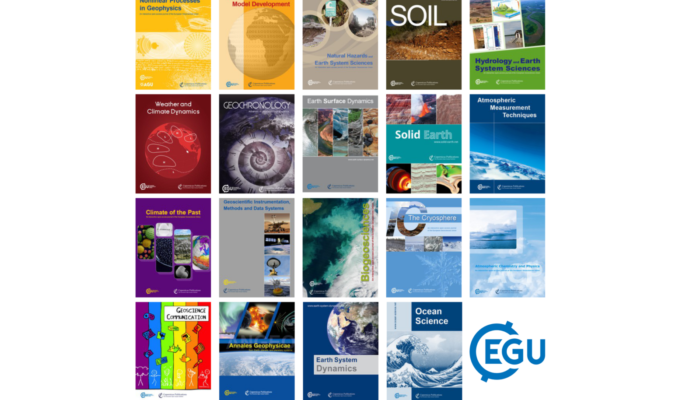Welcome to GeoTalk, Elizabeth! Could you introduce yourself and your background? I’m a genderfluid glaciologist living between previously glaciated, currently glaciated, and flood-prone landscapes. I am a postdoctoral researcher at Utrecht University in the Netherlands. I did my bachelor’s in physics at the University of California, Los Angeles, and my Ph.D. in glacial geophysics at Co ...[Read More]
Democracy from the ivory tower: A response to the Anti-autocracy Handbook from a Global South perspective

Yet another global guide to saving democracy, this time titled The Anti-Autocracy Handbook: A Scholars’ Guide to Navigating Democratic Backsliding, authored by an all-star cast of academics based in the U.S., Europe, and Australia. Because, clearly, when it comes to understanding the creeping rise of authoritarian regimes, who better to consult than experts who live and work in societies whe ...[Read More]
GeoRoundup: the highlights of EGU Journals published during September!
Each month we feature specific Divisions of EGU and during the monthly GeoRoundup we put the journals that publish science from those Divisions at the top of the Highlights section. During this month, we are featuring Seismology (SM) and Climate: Past, Present & Future (CL). They are represented by the journals Geoscientific Model Development (GMD), Solid Earth (SE), Climate of the Past (CP), ...[Read More]
Slavery in the geologic record – Environmental and geomorphological legacies
From 1525, when the first human trafficking ship departed Africa, to September 22, 1862, when the Emancipation Proclamation was issued, more than 300 years passed. This was enough time for the exploitation of humans and the earth to leave a permanent mark, one so profound it is now visible in the geological record. Not only did the age of chattel slavery during the Modern era shape the land and th ...[Read More]



